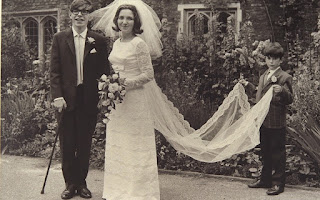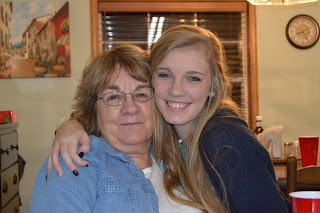Knowledge Check 4-4-19
With new technological advancements and maneuvers, comes new opportunities and advancements for people with disabilities and health barriers. There have been so many challenges and disadvantages for these individuals in the past that have hindered them and in many cases kept them from participating in tasks and activities altogether. However, new developing assistive technology have made things possible in all new and dynamic ways. People who could not converse and thought it never to be a possibility to do so, can now. The TED talk we watched for this session was on this topic and the speaker was a deaf man. He talked about a scenario where a deaf man and blind man were passing one another and trying to communicate. Once the deaf man realized the blind man obviously could not see him and know that he was deaf, he grabbed the man who was blind's hands and put them on his ears while shaking his head no. The man who could not see automatically knew what he meant, the speak then stated that he thinks this man understood better and more quickly than a personal without sensory hinderances might. Assistive technology is not only for the one who needs it to do the communicating, but also for the ones who are going to reciprocate a conversation with them.
Across the board, there are new approaches to therapy and the healthcare field as a whole. In preparation to this knowledge check, I also listened to the podcast about nature-based therapy. This type of therapy takes occupational therapy outdoors and utilizes environmental elements to ping sensory processing. The OT in the podcast used this technique in her pediatric practice. This was a very enlightening topic and I personally could see myself being more interested in it to use in my own clinical practice one day.
.
Across the board, there are new approaches to therapy and the healthcare field as a whole. In preparation to this knowledge check, I also listened to the podcast about nature-based therapy. This type of therapy takes occupational therapy outdoors and utilizes environmental elements to ping sensory processing. The OT in the podcast used this technique in her pediatric practice. This was a very enlightening topic and I personally could see myself being more interested in it to use in my own clinical practice one day.
.




Comments
Post a Comment